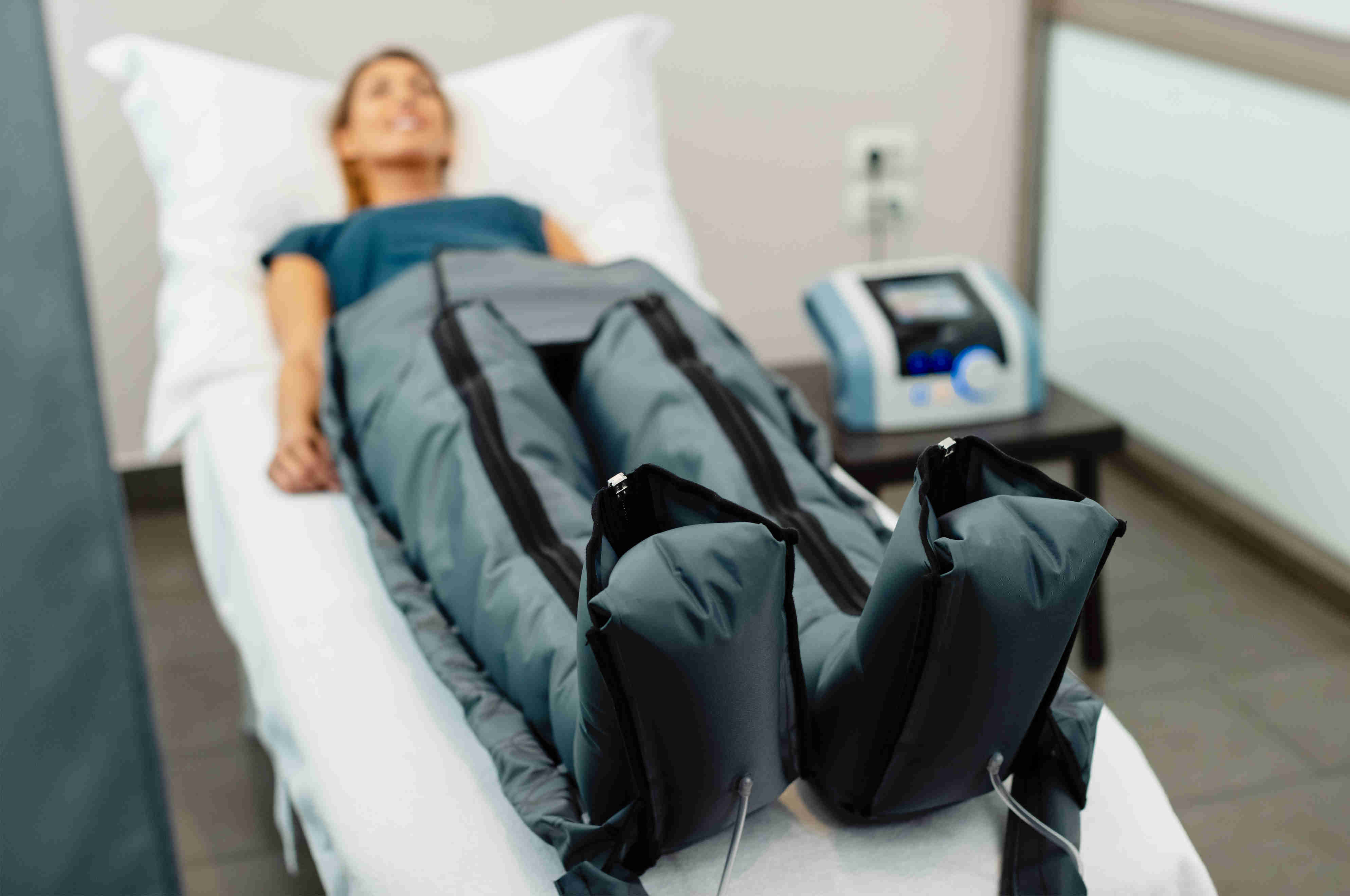Normatec Compression Therapy
NormaTec Compression is a leader in sports recovery systems & movement enhancement technology. With NormaTec Compression, you can train harder when exercising and recover faster in between. Think of this as a personal massage therapist that reduces muscle soreness and improves circulation. Through our compression therapy services, we offer use of the cutting-edge, commercial-grade compression devices that enhance the body’s natural ability to recover.
The Benefits
Using Normatec’s full-length leg, arm, or hip compression attachments rejuvenates muscle tissue and dramatically reduces tightness and soreness. When used as part of a routine, Normatec helps to speed recovery, improve outcomes, and increase patient satisfaction.
What happens during compression therapy?
By squeezing your lower legs, compression therapy helps the veins return blood to your heart and prevent the pooling of blood and swelling. Your healthcare provider may recommend compression therapy alone or combined with other treatments.
What are the advantages of compression therapy?
Compression therapy can improve blood circulation in the legs and reduce pain and swelling. In addition, it can help:
- Heal ulcers and wounds caused by blood pooling.
- Manage conditions such as chronic venous insufficiency and orthostatic hypotension.
- Prevent deep vein thrombosis.

